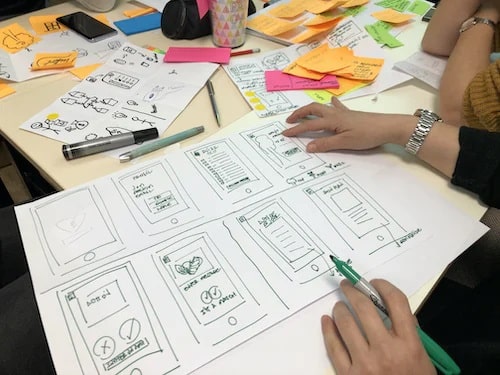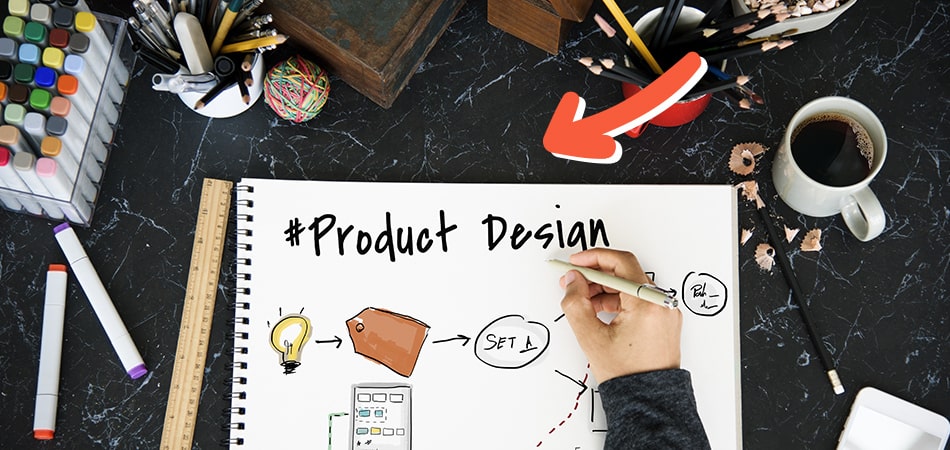7 Tips To A Successful Product Design Strategy
Most people would agree that product design is one of the most important aspects of a successful business. A great product design can make a huge impact on the way customers interact with your company and can help you stand out from your competitors. However, creating an effective product design strategy can be difficult. If you are looking for tips to help you create a successful principles of product design strategy, keep reading on!
Table of Contents
In this article, we’ll share seven tips that will help you get started. So, without further ado, let’s begin!
1. Define Your Goals and Objectives Before Establishing a Product Design Strategy
Before you even start thinking about product design, it’s important that you first take the time to define your goals and objectives. What are you hoping to achieve with your new product? What needs does it need to meet?
Once you have got a clear understanding of your goals, you can start to develop a product design strategy that will help you achieve them.
2. Do Your Research
Once you know your desired outcome for your new product, it’s time to start doing some research. This research should include a competitive analysis to help you understand what other products are out there and what features they offer.
You should also conduct customer research to learn more about your target market and their needs. This information will be essential as you start to develop your product design.

3. Create a Prototype
Once you have got a good understanding of your goals and the market for your product, it’s time to start developing a prototype. This prototype will help you test out your product design strategy and make sure that it meets all of your requirements.
It’s important to remember that your prototype doesn’t have to be perfect – it just needs to be good enough to give you an idea of how your final product will look and function.
4. Test and Refine Your Prototype
After you’ve created your prototype, it’s time to start testing it out. This testing should include both usability testing (to make sure that your product is easy to use) and market testing (to see if there is actually a market for your product).
Based on the results of these tests, you can then start to refine your prototype until it’s ready for mass production.
5. Develop a Marketing Strategy
Once your product is ready for production, it’s time to start thinking about how you’re going to market it. This marketing strategy should include both online and offline marketing tactics such as social media, PR, and advertising.
By developing a comprehensive marketing strategy, you can ensure that your product gets the exposure it needs to be successful.
6. Get Professional Help
In case you’re not sure how to go about developing a successful product design strategy, then it might be worth getting some professional assistance. There are numerous product design firms out there that can help you with every step of the process, from research and development to marketing and sales.
By working with professional new product consultants, you can make sure that your product has the best chance of success.

7. Be Prepared to Iterate
Finally, it’s important to remember that no product design strategy is ever perfect. There will always be room for improvement and iteration. As you get feedback from customers and learn more about the market, you should constantly be tweaking and refining your strategy.
By being prepared to iterate, you can make sure that your product design strategy is always up-to-date and effective.
What Are the Principles of Product Design Strategy?
A product is purchased with the intention of using it. Not only must it fulfill its practical requirements, but it must also fulfill its psychological and aesthetic requirements. The utility of a product is given priority in a well-designed product, and anything that may even somewhat take away from that utility is disregarded.
Because the things we use on a daily basis have an effect on who we are and how we feel, it is essential for a product to have high aesthetic quality in order for it to be helpful. However, in order for anything to be beautiful, it must be well-executed. Even a digital product has a look and feel, and that look and feel should generate joy and enthusiasm without detracting from or distracting from the product’s usage.
Products that provide a certain function are analogous to tools. They don’t qualify as works of art or ornamental things in any way. In order to provide space for the user’s own unique brand of self-expression, the design of these products need to be unobtrusive and understated. Because Instagram’s user interface is monochrome, the photos that users submit can truly stand out from the background. As a result, the quality of the Instagram experience continues to improve with time. Imagery and content, rather than the app itself, are the primary focal points here. Self-expression on the part of the user is of the utmost importance.
Good user experiences should be long-lasting; however, in today’s ever-changing world of new systems, devices, and gadgets, you need to be nimble when a system or channel changes, and you also need to adapt to how the users’ environment or usage of that marketplace differs from other platforms. Good user experiences should be long-lasting.
Help Your Product Design Strategy Succeed in the Market
Applying these seven principles of product design strategy should help you create a well-rounded and successful product.
But remember, success is not only about the product itself – but it’s also about how you market and sell it. Keep your eye on the prize and stay focused on your end goal, and you’ll be sure to create a product that exceeds expectations.

Magdalena Polka is a Business Solution Designer and an Information Technology / Project Management consultant and author with over 15 years of software development, management and project management experience.










